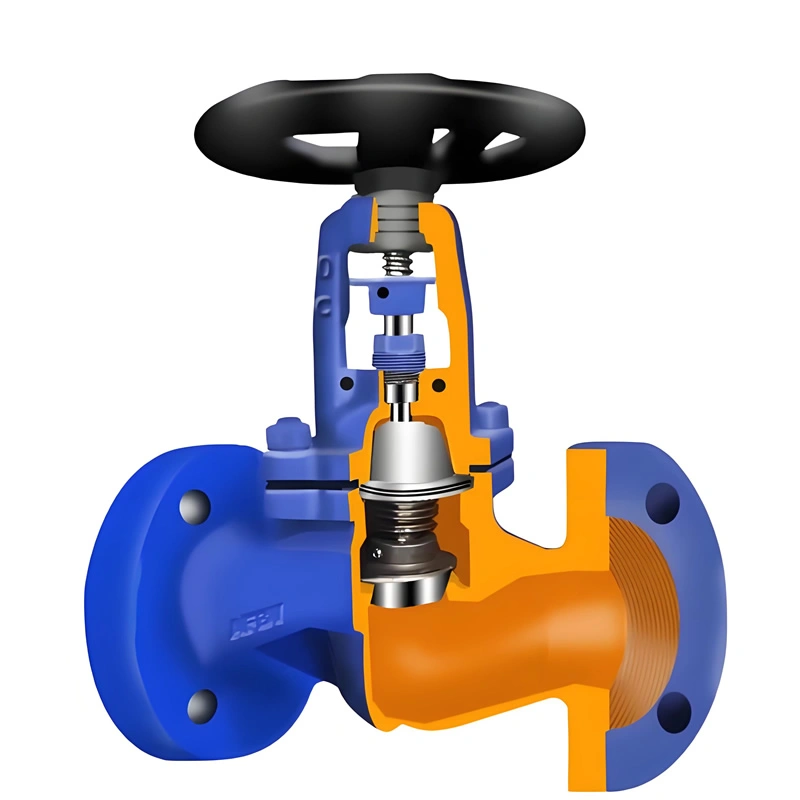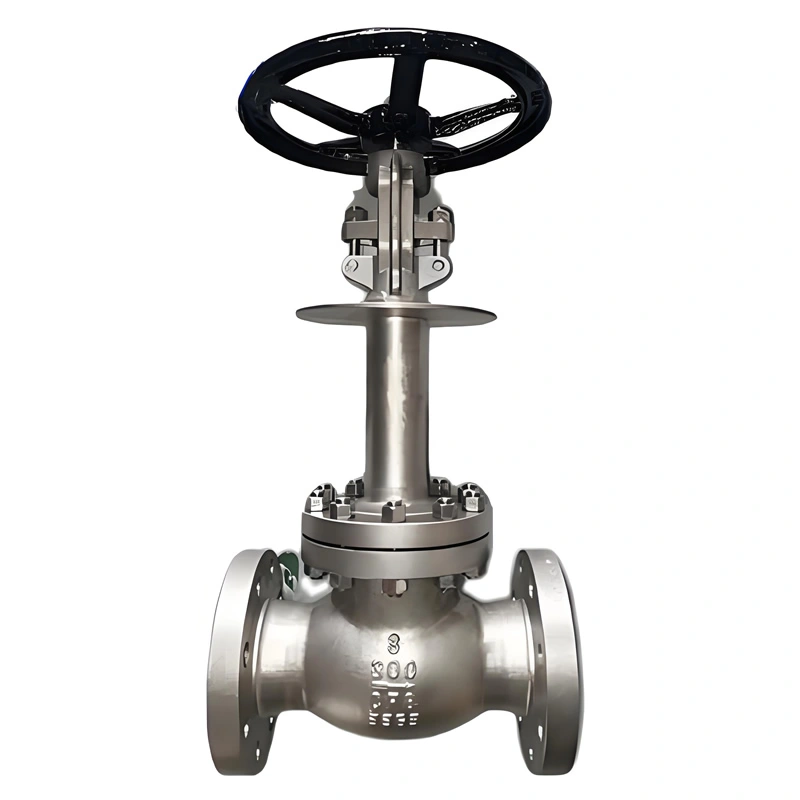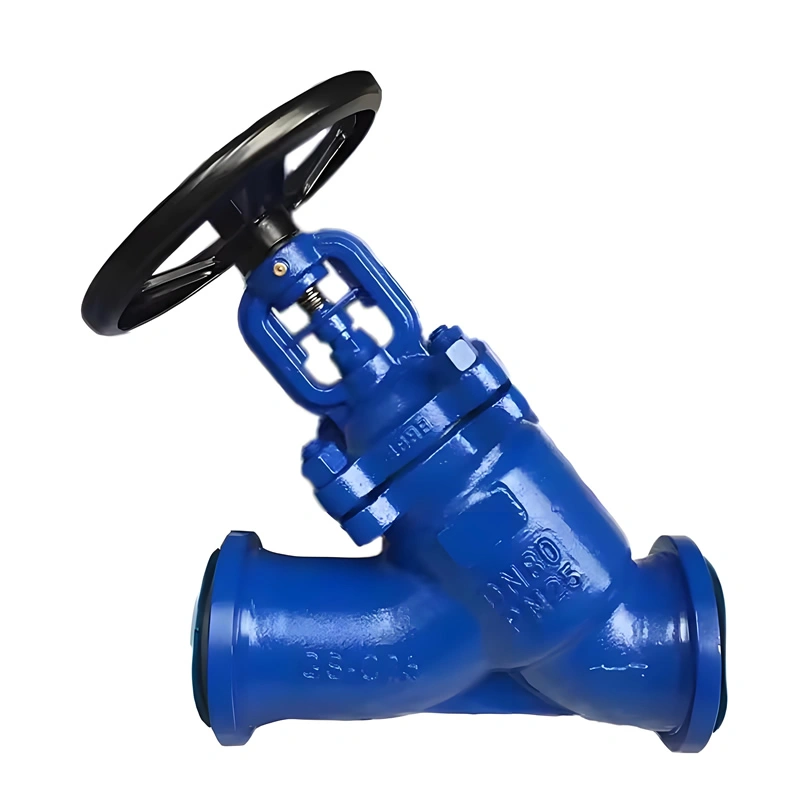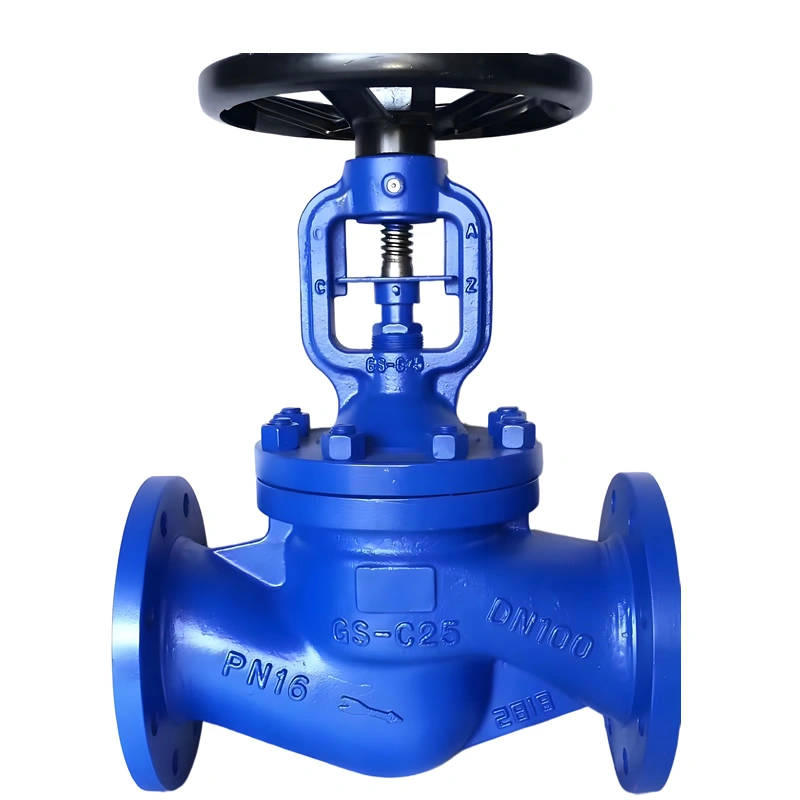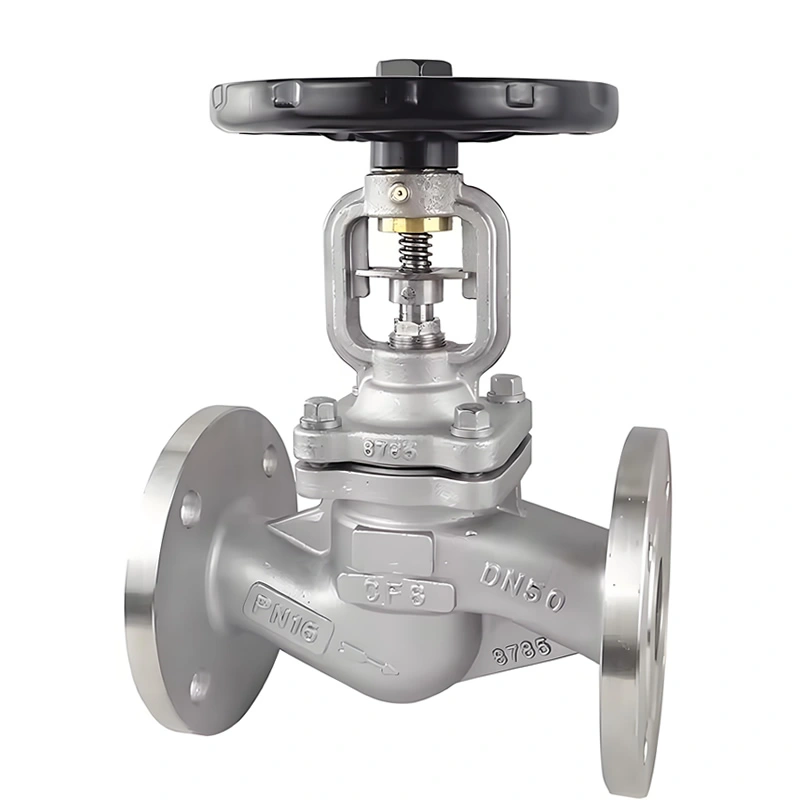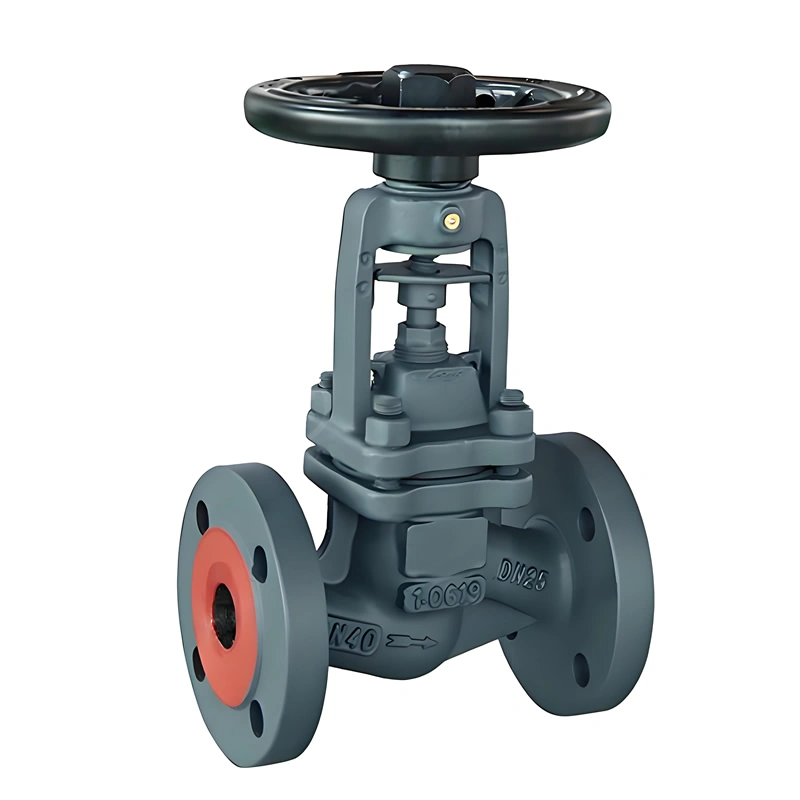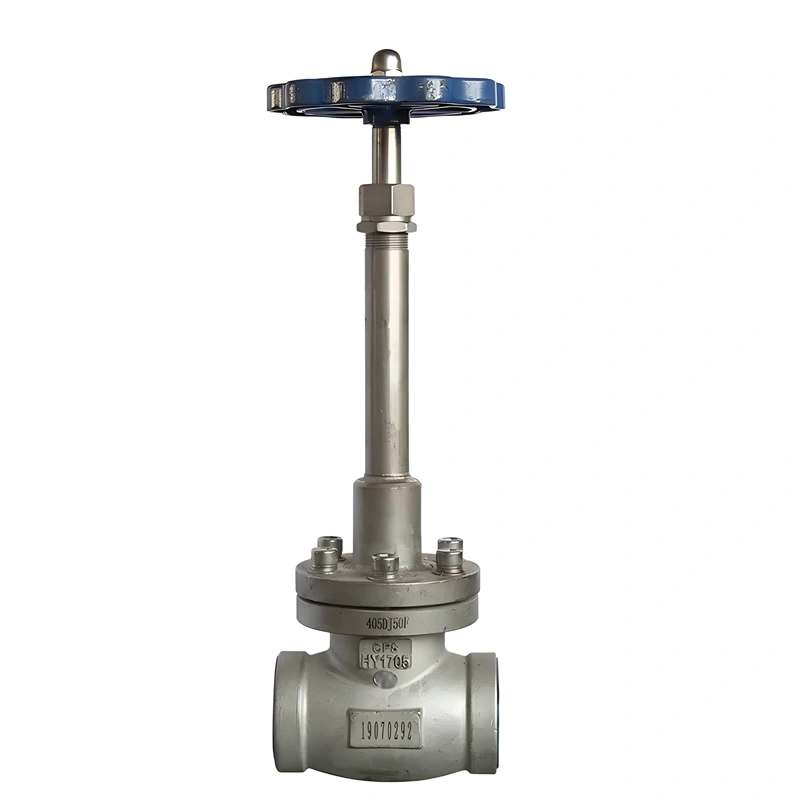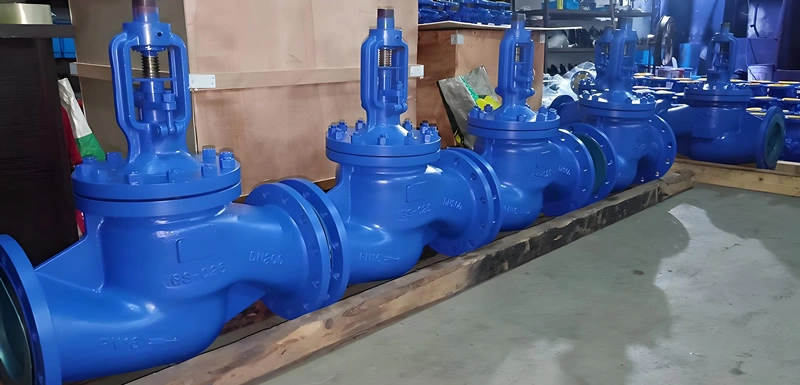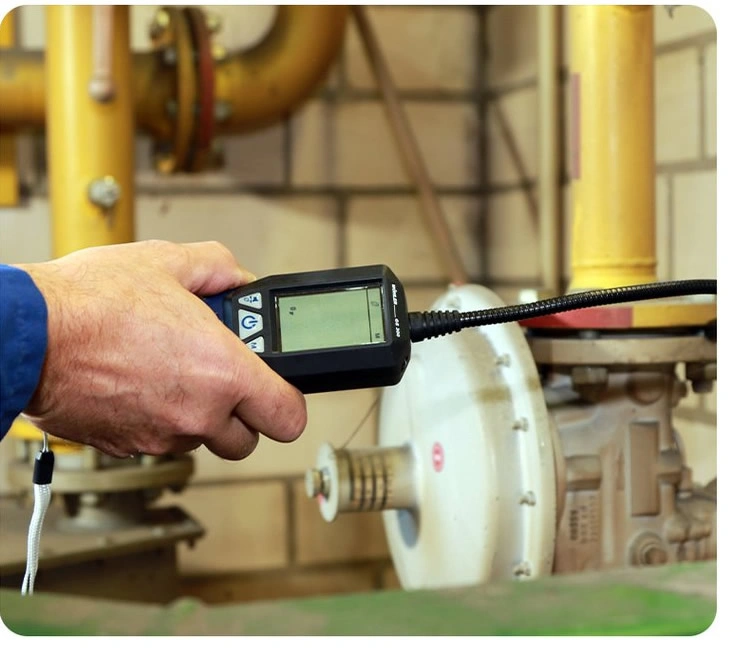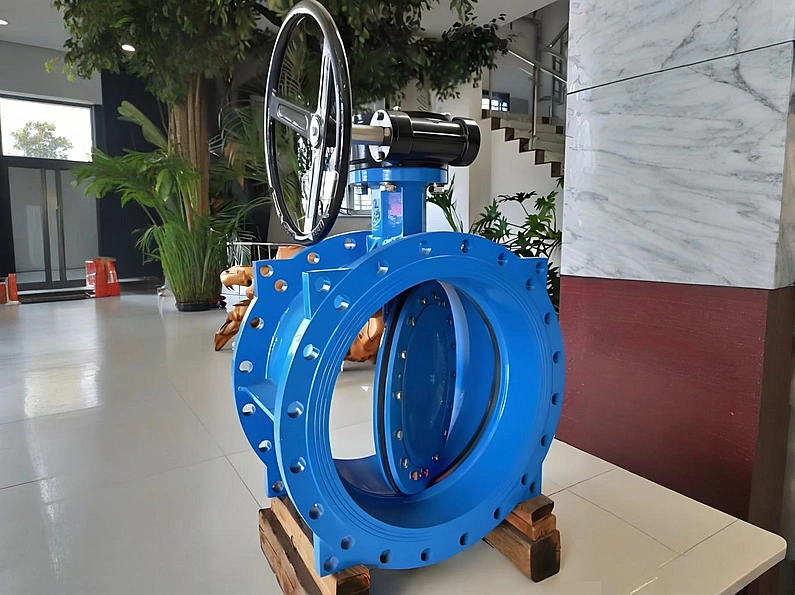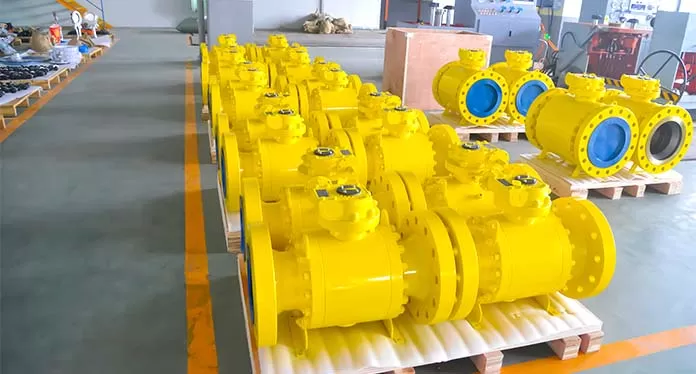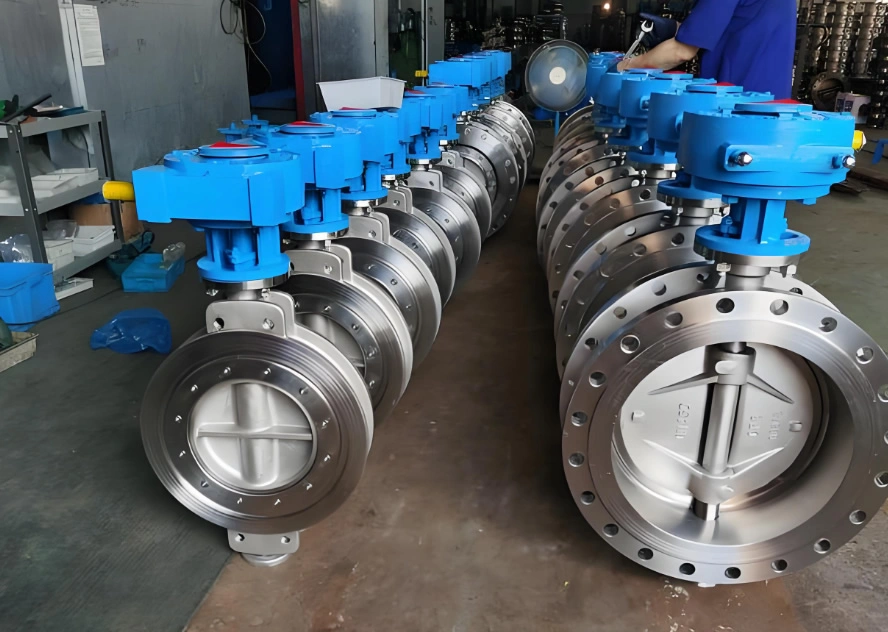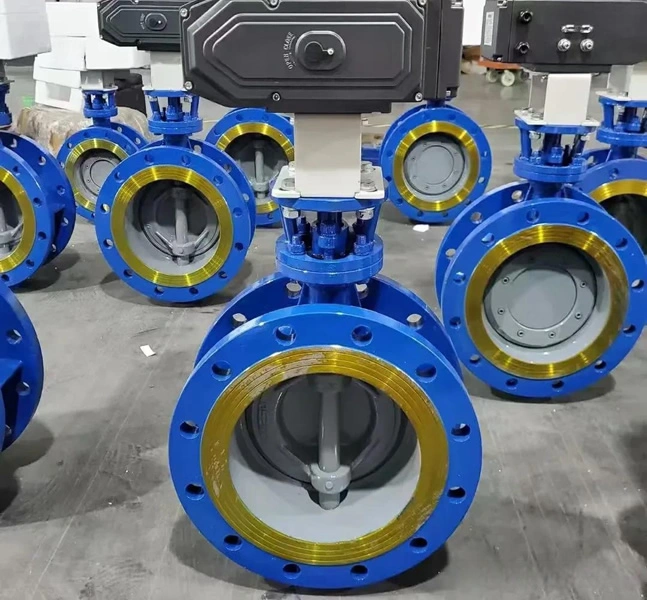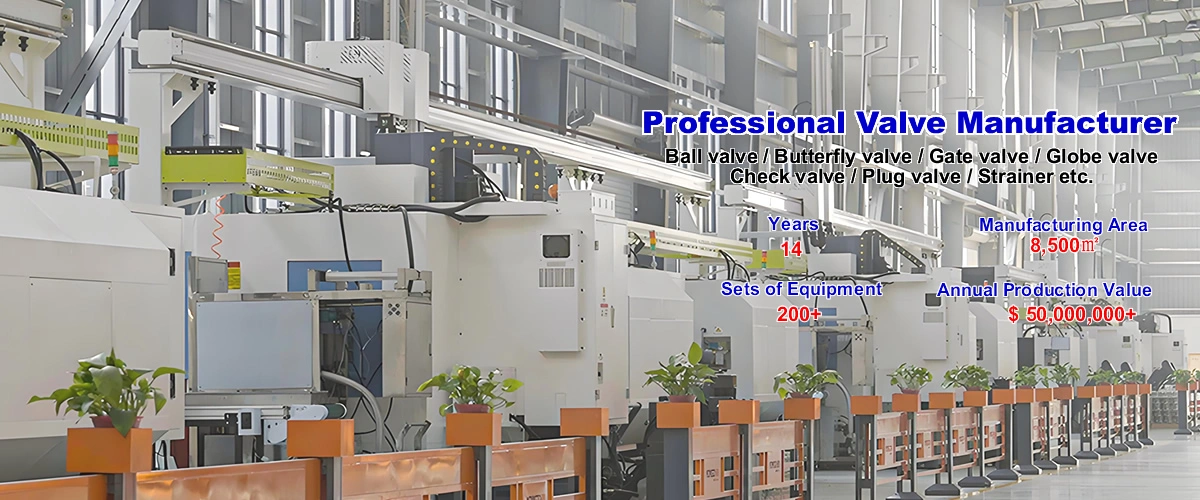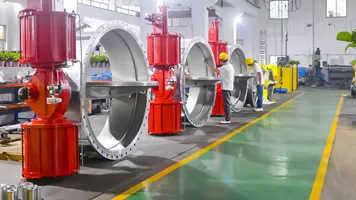It uses metal bellows (such as 316 stainless steel), which are resistant to high temperatures (-196℃~600℃) and high pressures (Class 150-2500), and are suitable for high-risk media such as corrosive, toxic, flammable and explosive substances.
Structurally, it retains the precise throttling advantage of globe valves. The flow channel design reduces pressure drop, ensuring stable opening and closing. It is mainly used in high-risk working conditions: such as acid-base transportation in the chemical industry, hot oil systems in petrochemicals, clean pipelines in pharmaceuticals, as well as nuclear power and LNG fields with strict requirements for sealing and safety. It can effectively avoid safety risks and environmental hazards caused by media leakage.
Metal bellows are the main feature of a Bellows globe seal valve. There are two types of bellows:
i. Formed Bellow – They are made by rolling the flat sheet into a tube and longitudinal fusion welding. After this, the tube is mechanically formed into bellow with rounded and widely spaced folds.
ii. Welded leaf Bellow – In this type, the washer-like plates of thin metal are welded together. The welding is performed on the inside and outside of the washer-like plate. The folds per unit length in welded leaf bellows are more.
The amount of movement per fold is the same for both formed and welded-leaf bellows. So, for the same stroke rate, the mechanically formed bellows are two to three times longer than their welded leaf equivalent.
The lower end and the stem assembly is welded by automated seam welding, while the upper end is welded by automated seam welding on the connecting plate, creating a metal shield between the fluid medium and the environment, ensuring zero leakings from the valve stem.


